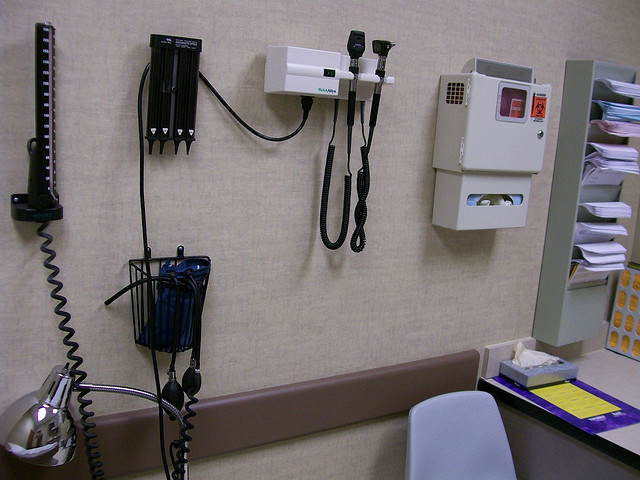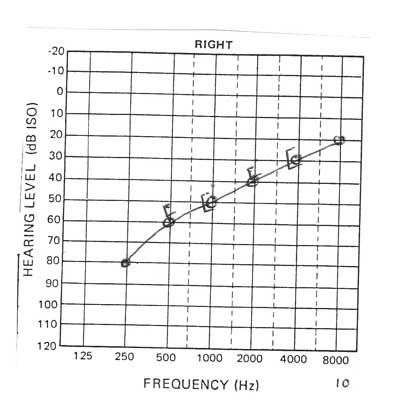If the unfamiliar causes anxiety, then a trip to the hearing specialist is particularly stressful. While almost all of us have experience with the family physician and the neighborhood dentist, the visit to the hearing specialist might be a first.
It certainly would be useful to have someone describe the process upfront, wouldn’t it? Well, continue reading, because as you’ll see, the process of having your hearing tested is almost always simple, comfortable, and pain-free — with aspects that can actually be fun.
So here’s how it will go:
After you arrive at the office, you will check in with an employee at the front desk who will hand you some forms to fill out. Shortly after completing the forms, a hearing specialist will accompany you into a room to get started on the hearing exam, which is made up of four parts:
Part 1: Case History

The hearing specialist will start the process by getting to know you, your health related history, and your hearing loss symptoms. Getting ready for this step is critical, because this is where you get to relay to the hearing specialist the particulars of your hearing loss, what you expect to gain from treatment, and your specialized hearing needs.
This portion is all about you: what do you want to achieve with enhanced hearing? Do you want to play a music instrument again? Do you wish to be more engaged in work meetings? Do you want to be more active at social gatherings? The more you can convey to your hearing specialist the better.
Next comes the testing.
Part 2: Otoscopy
The initial diagnostic test to be carried out is called an otoscopy. An otoscope is used to visually explore the ear canal and eardrum to check if your hearing loss is correlated to infections, earwax accumulation, or blockages. If the explanation for your hearing loss is something as straightforward as earwax buildup, you could possibly begin hearing better within minutes simply from professional earwax removal.
Part 3: Tympanometry
The next test is named tympanometry, used to test the eardrum and middle ear. An instrument is placed into the ear that will modify the air pressure, calculating how your ear reacts to a variety of pressures.
To fully grasp this test, you have to first recognize that hearing loss falls into one of two broad groups:
- Sensorineural hearing loss — this is the most widespread hearing loss. It is also defined as noise-induced hearing loss and it involves damage of the nerve cells of hearing.
- Conductive hearing loss — this hearing loss results from blockages or obstructions that limit sound transmission before the sound gets to the nerves of hearing.
Tympanometry is a test that can help to rule out conductive hearing loss, to be sure that there are no obstructions, infections, or middle-ear-bone conditions. Conversely, Audiometry, which is tackled next, will quantify sensorineural hearing loss.
Part 4: Audiometry

The concluding group of tests will be completed in a soundproof room. These tests are jointly referred to as audiometry and will measure your hearing range and sensitivity. Audiometry is the best method to calculate sensorineural hearing loss.
With the use of an audiometer, the hearing specialist will be prepared to determine:
- Which frequencies you can hear well and which you have difficulty with.
- The minimal decibel levels, at various frequencies, at which you perceive sound.
- The precise measurements associated with your hearing loss (as captured on an audiogram).
- Your ability to recognize speech, with or without background noise.
The test itself, from your outlook, will be comfortable and straightforward. You will be presented with sounds and speech through earphones and will be directed to identify when you can hear the sounds by pushing a button or raising your hand.
Reviewing results and planning treatment
Soon after the testing is complete, your hearing specialist will discuss your results with you. If your hearing loss will require medical or surgical treatment (due to infections or middle-ear-bone problems, for instance), your hearing specialist can make the appropriate referral.
If your hearing loss can profit from assistive listening devices or hearing aids, your hearing specialist will work with you to determine the ideal option for you, your budget, your lifestyle, and your aesthetic considerations.
Pretty simple for a lifetime of better hearing, isn’t it?